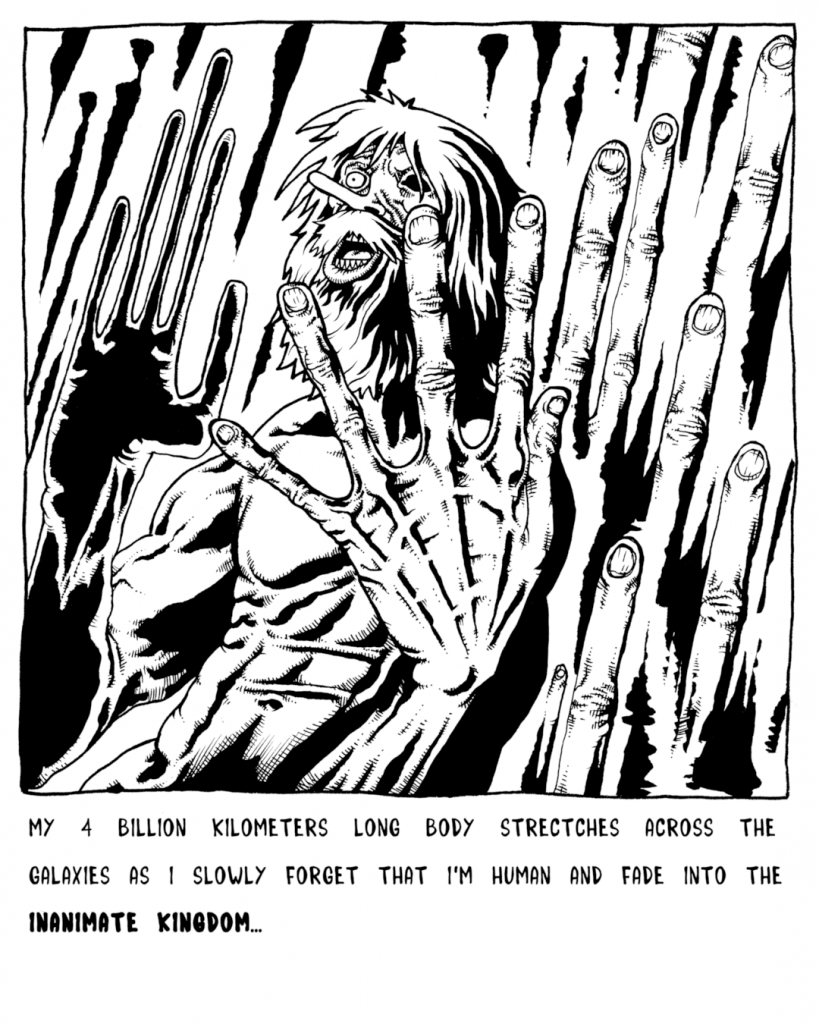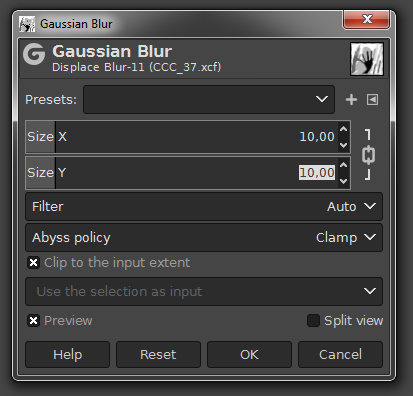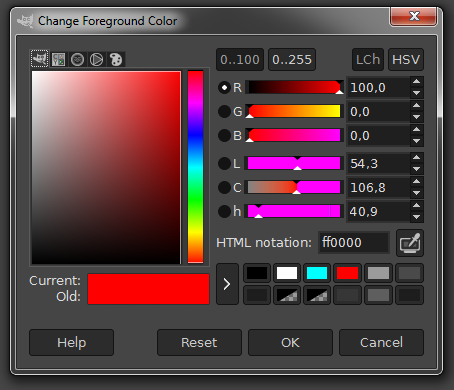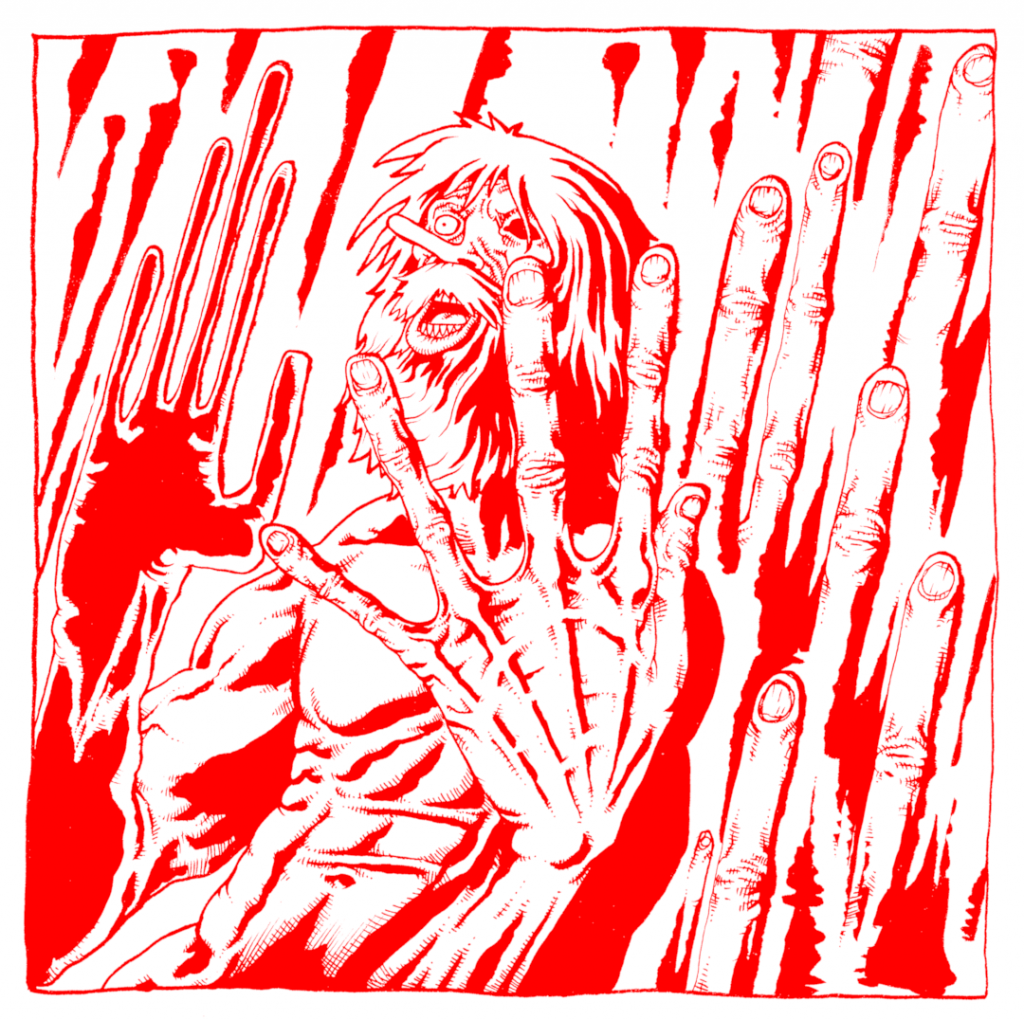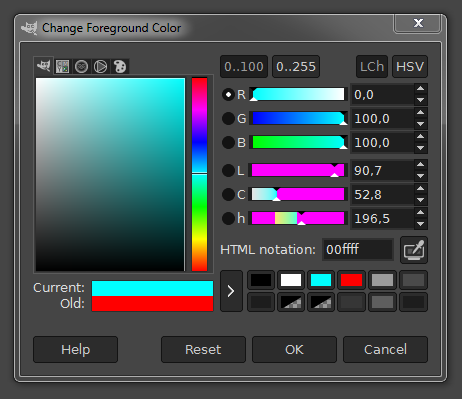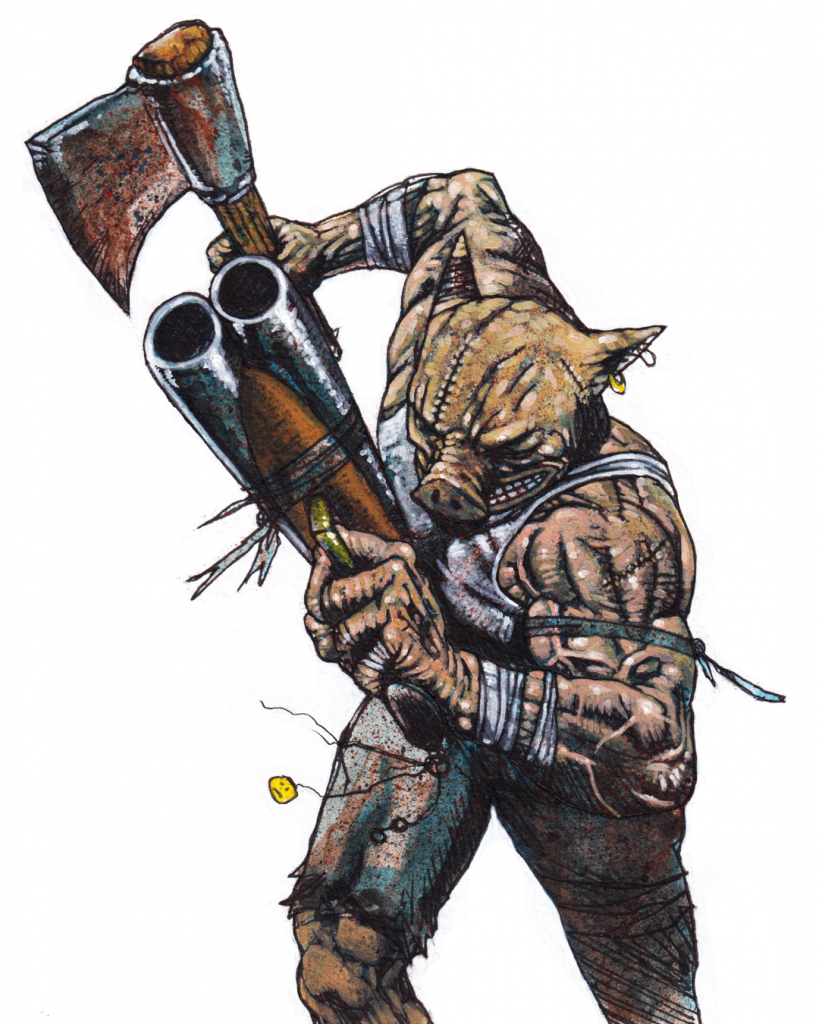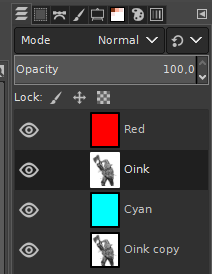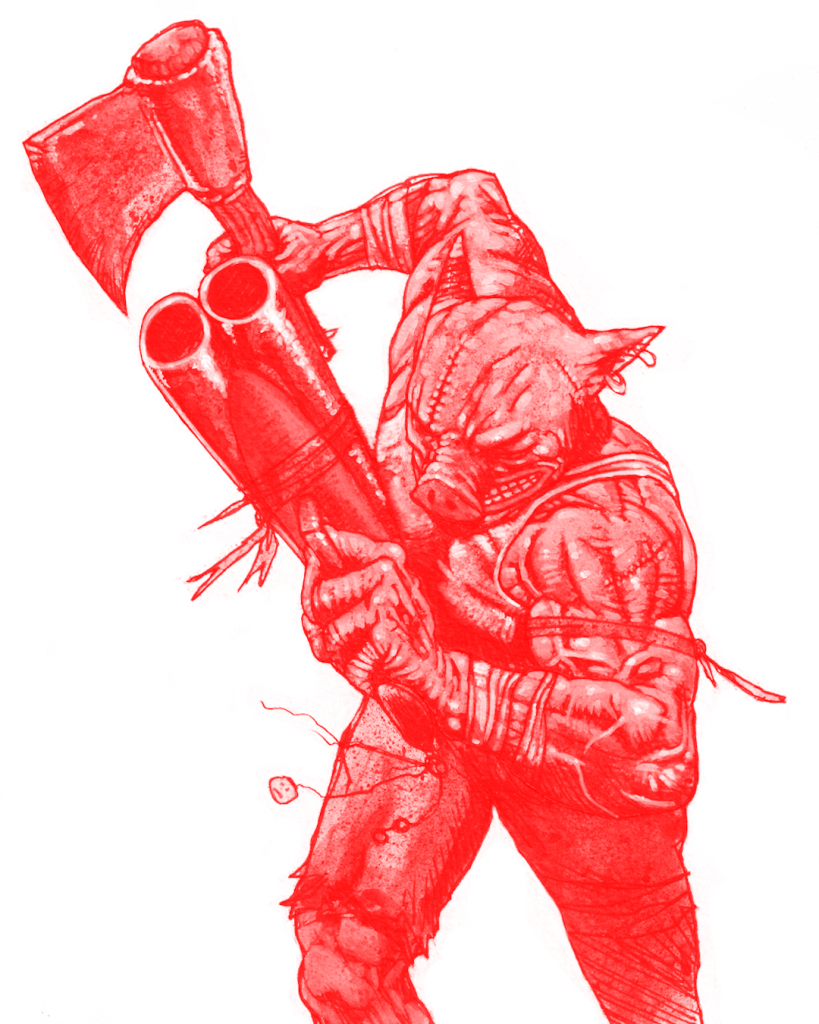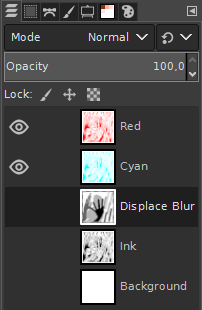One my weak points has always been the lettering, I mean sometimes in my everyday life I can’t even read back what I wrote…
As I’m currently making comics and that I don’t want to use a preexisting font, I decided to create my own, based on my handwriting.
Sure there are already some websites that propose something like that, but I found those not to be very practical : the number of characters is limited, or you got to pay to download your font, or you got to print a page, than scan it…
Anyway, thanks to a friend I found a very easy way to create a font using GIMP and the free version of GLYPHR STUDIO ONLINE:
1 – Preparing the letters and symbols in Gimp:
First I drew all the letters and symbols I needed and scanned them in Gimp using a grayscale 600 dpi resolution:

I then played with the Levels in the Colors Menu in order to clean a bit the image:
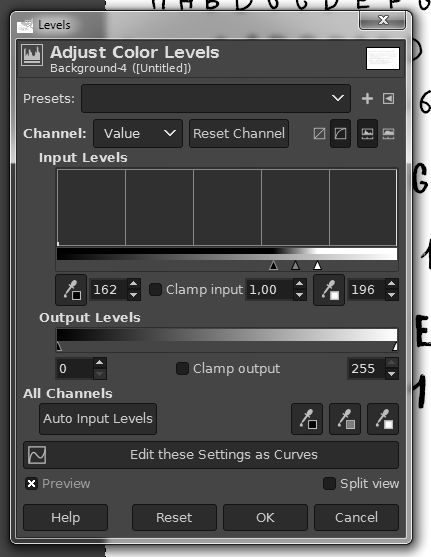
Using the Crop To Selection function in the Image Menu, I then selected the first letter:

This is were you can work a bit on the letter with the Pencil Tool in order to fill the little white parts, you can work on the contour or rotate it if needed (you can also work on the letters later in the Glyphr Studio, but I felt more comfortable doing it here at this stage):

By the way, you don’t have to worry about the size of the canvas or anything.
Using the Select By Color in the Select Menu, I then click on a black part of the letter so that the shape of the letter becomes the selection:

Then in the Path Section:

I click on Selection to path:

Here is the result:

Then I right click on the “A” and choose Export Path:

Here GIMP will export the shape as .svg file, but doing so the file created lacks the “.svg” sufix… It’s weird and I don’t know why… So you end up with something like this:

In order to solve this you just have to rename the file manually and add the .svg suffix:

And then you redo all of this for each of the letters and symbols and you end up with something like this:

2 – Creating the font with Glyphr Studio Online:
Now, we head up to the Glyphr Studio Online:

Here we click on New, write the name of the font, and click on Start a new font from scratch:

We arrive here:

We click ont the “9” in the top left corner, which is the Navigate Menu:

We then choose Import SVG:

Here on the left part of the screen you click on the letter you want to import, and then you drag and drop your corresponding .svg file on the part in the right and click on the blue button Import SVG just below:

You can then adjust the size of the letter, modify it if needed (I’ll let you play with that). You then repeat this for all the other letters and symbols, one by one, and you end up with this:

Once you have uploaded all your letters and symbols, you can save the file so that you can re-upload it later and work on it if needed, the file will be a .txt format:

At any point you can head-up to the Navigate Menu and click on the Test Drive Section:

Here you can test your font:

All is left is to export and download your font in the .otf format in the Navigate Menu:

In order to install the font you just created, you copy the .otf file you just downloaded in the WINDOWS/FONTS directory:

This is just scratching the surface, there are a lot more options, but this will allow you to create your first font pretty easily.
This font is being used in my 2 current (may of 2020) projects:
First, the risograph collection of my best BJJ themed illustrations and comics:

And also, my current ongoing quarantime comic, The Crucial Corona Chronicles:

You can read it here (click on the image):










